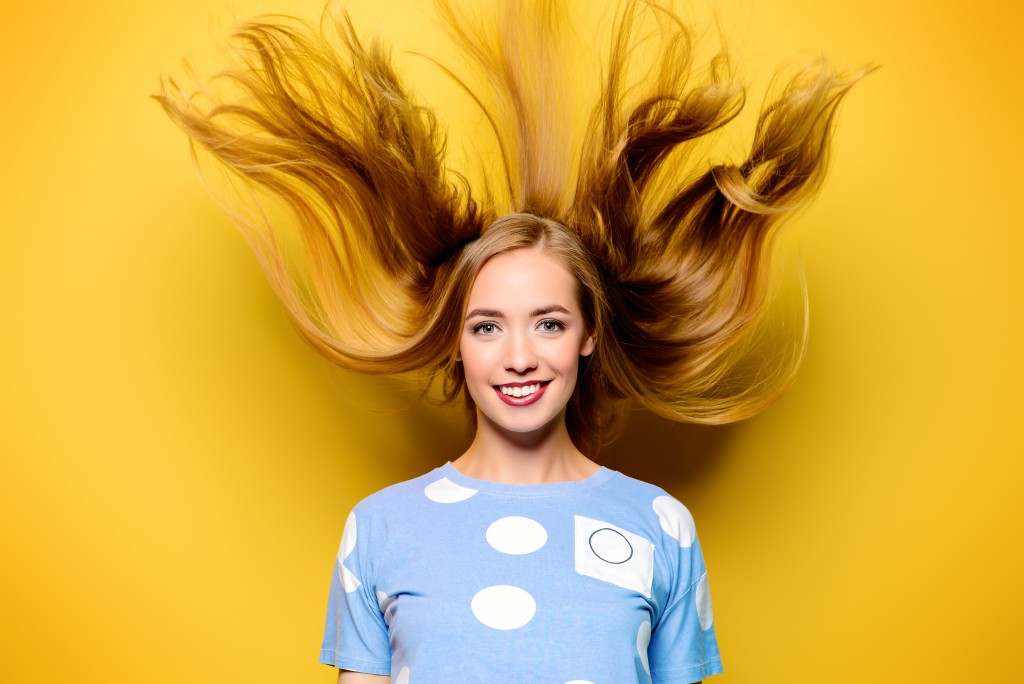These days, it’s difficult to imagine how to style oneself without hair extensions. From wigs to hand-tied wefts for virgin hair, these accessories enhance appearance, hide problem areas, and improve confidence.
But did you know that hair extensions have been around throughout history? Here’s a look at how hair extensions have developed through the years.
It Started in Ancient Egypt
The first documented origin of hair extensions dates back to Ancient Egypt. Just like today, people from centuries ago value appearance. They see it as a display of status — the more you take care of your appearance, the more it says about your place in the hierarchy.
The upper-class Egyptians tried various beautification techniques to create the perfect look. Pharaohs, political figures, and wealthy families usually wore extensions created from human hair or dyed sheep’s wool. Their extensions were sown into knots over the person’s real hair.
The Big Wigs in Europe
Large wigs were fashionable hairpieces among the Europeans from the 16th to 19th centuries. These wigs were seen as a status symbol—the bigger they were, the higher a person’s status. Queen Elizabeth I was best known for wearing height-enhancing wigs and hairpieces.
By the mid-1600s, the men started to wear wigs as well. Aside from being a status symbol, these hairpieces serve another purpose: to hide hair conditions. Men would conceal their balding, thinning, or graying hair to maintain their appearance. They would often string beads and pearls on their wigs when attending parties—the more elaborate, the better.
Hair from wigs was usually collected from the lower class. Women would grow their hair and sell it through public auctions. Wigs made from real hair would fetch up to a week’s wage, making hair trade a lucrative way to feed a family.
The Beehives in the Swinging Sixties
In the 1960s, fake hair was attached to a headband, giving the wearer high hair and bangs. This look later became known as the beehive, later popularized by girl bands such as The Ronettes.
Style icons like Brigitte Bardot and Jackie Kennedy introduced the idea of hair extensions as part of daily wear. However, they were deemed expensive, so very few people from a middle-income background used them.
Widespread Use in the 1990s
Hair extensions became more commercially available in the 90s. New and more affordable techniques were developed to create hair extensions, with the most popular being the clip-in hair extensions. Young girls would usually pair them with colored hairpieces and streaks.
How Hair Extensions Are Used Today

In the 21st century, hair extensions were seen as accessories for creating a versatile fashion statement. Fashion influencers like the Kardashians are seen using hair extensions to change up their style.
Hair extensions have developed so that it doesn’t just improve hair length or hide problem areas. Brands like Remy provide varieties that give the wearer more hair volume or subtle hair colors.
Hair extensions have served various purposes throughout history. It started as a status symbol and a practical accessory. Now, it’s an indispensable part of hairstyling, giving people multiple ways to style their hair without going to the salon.

